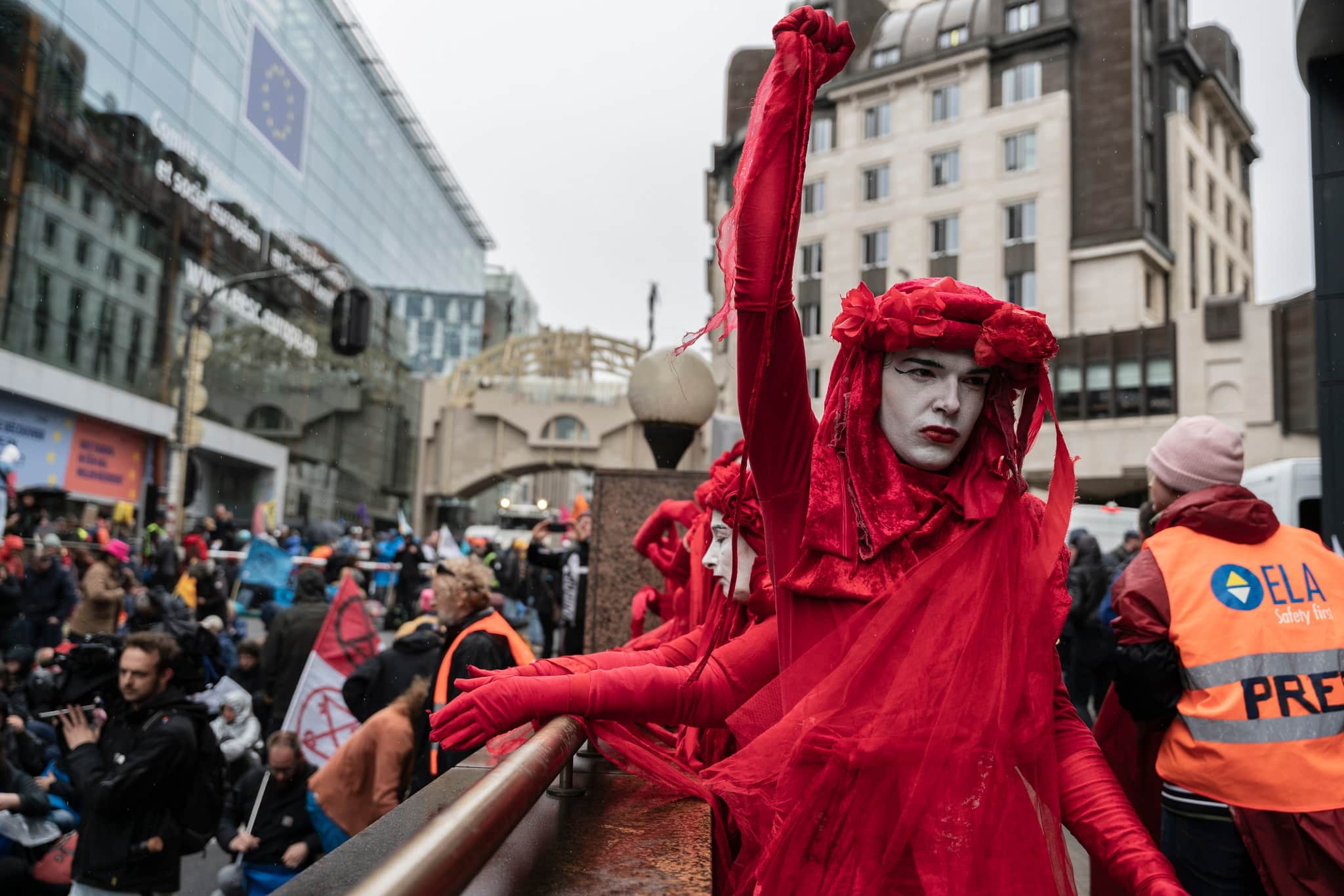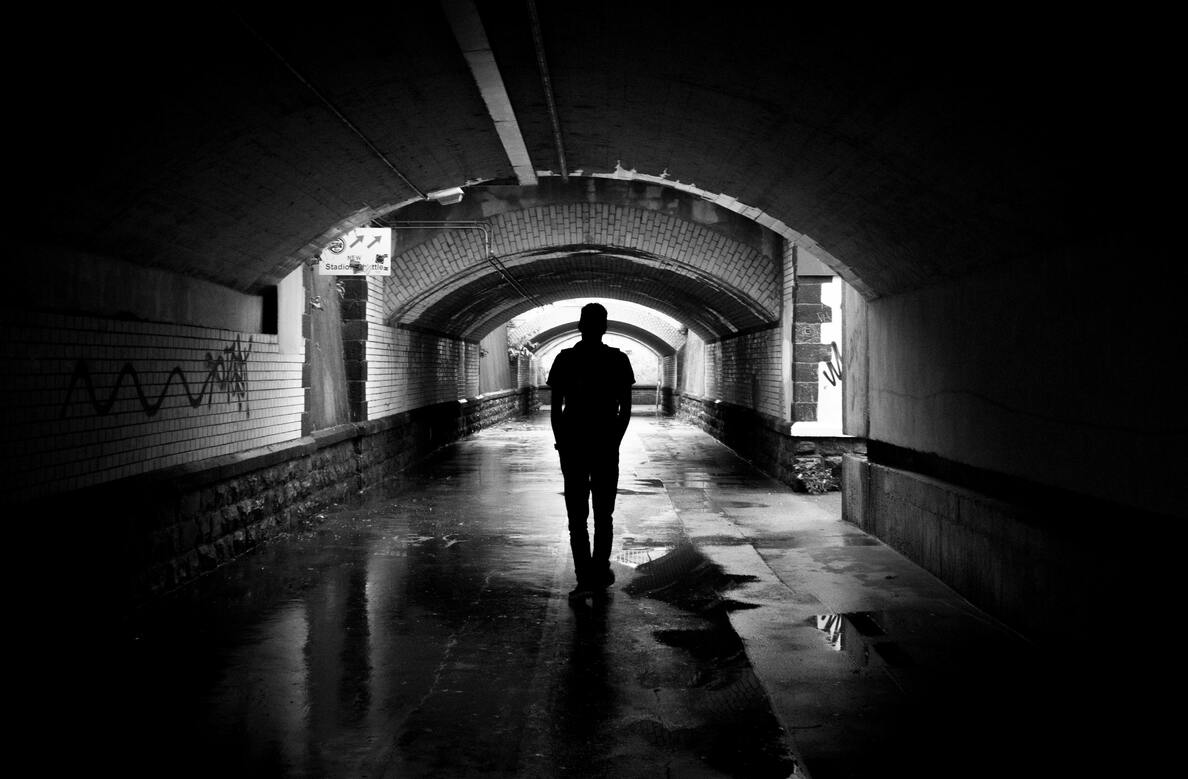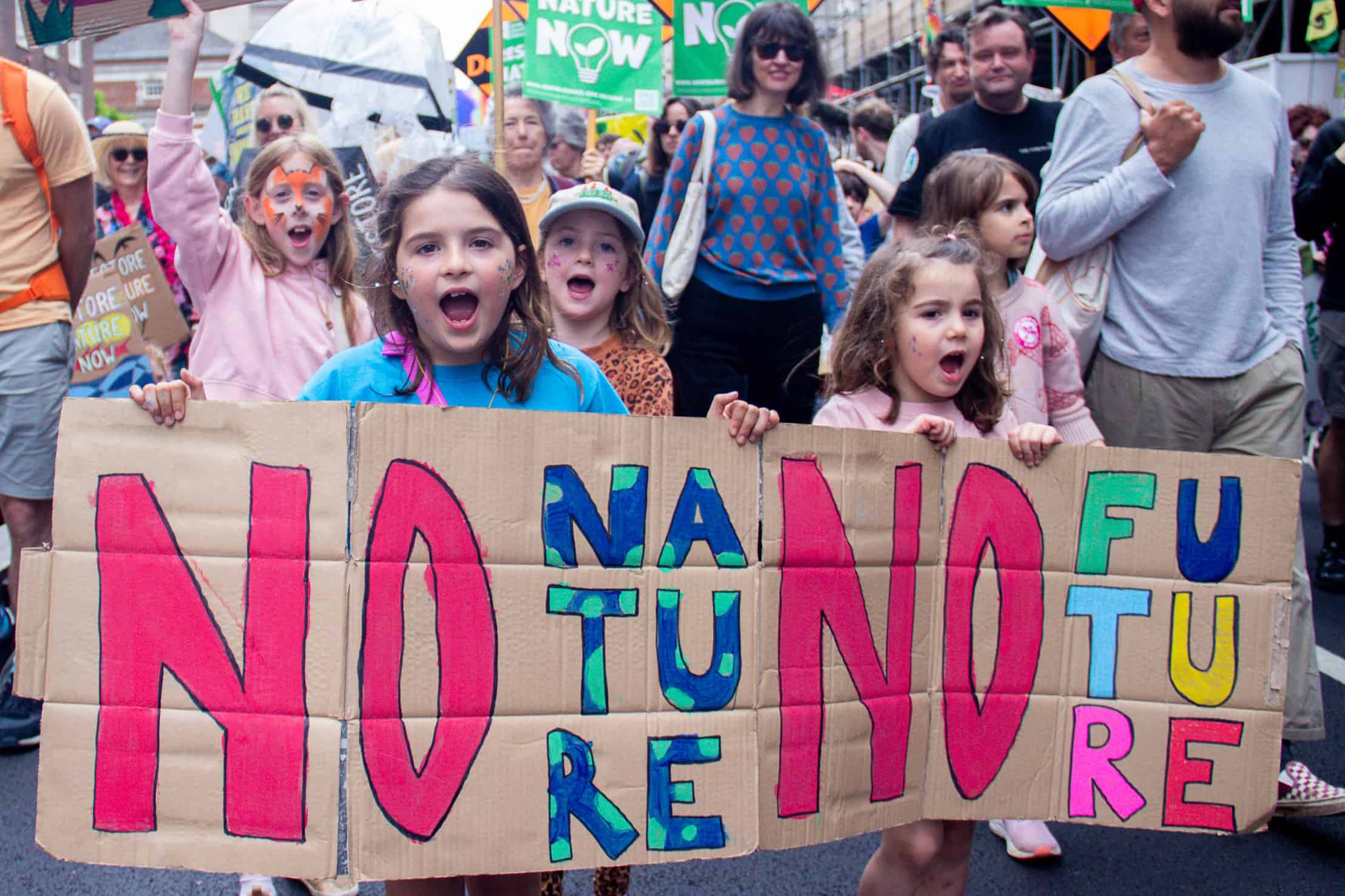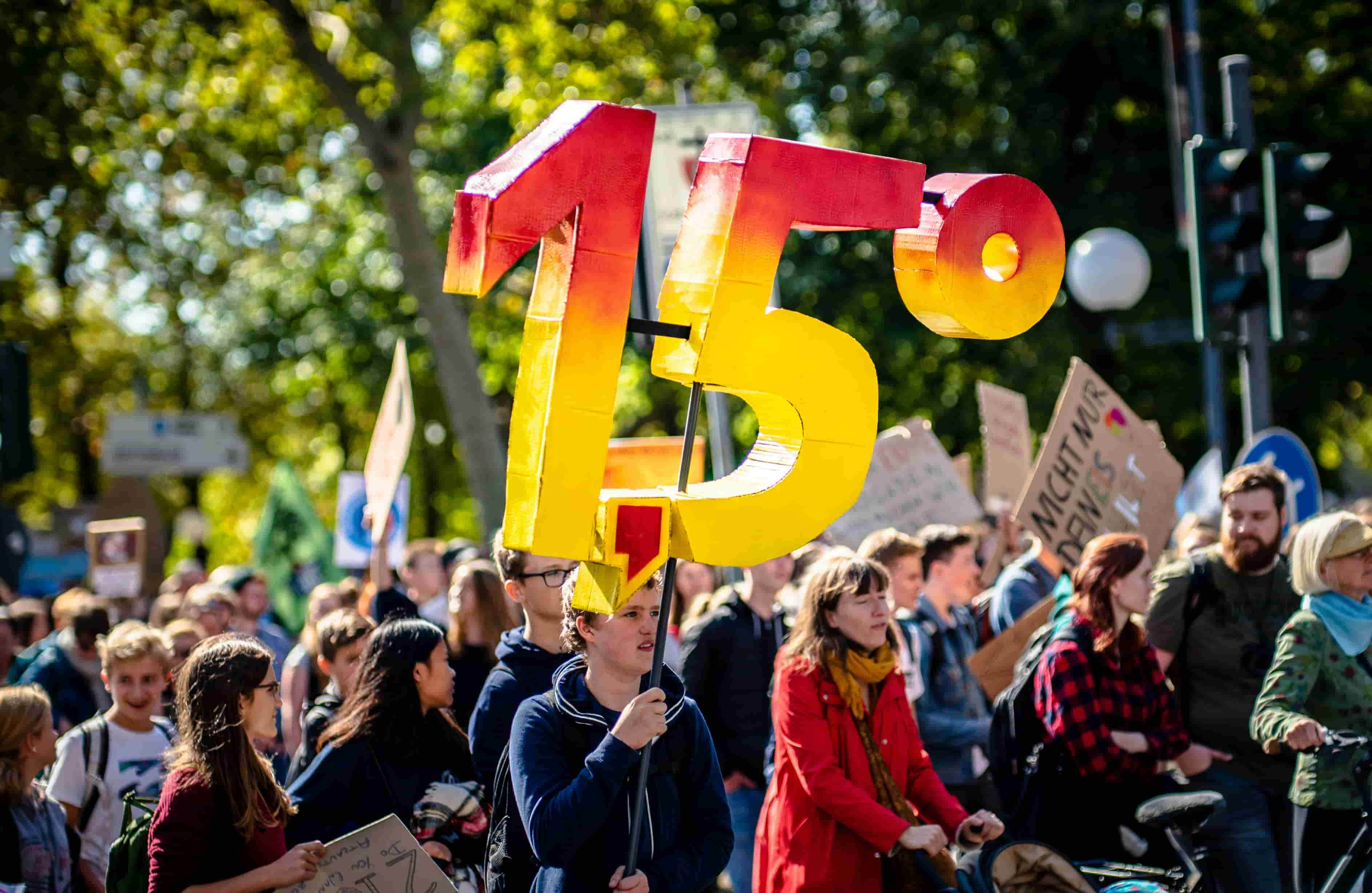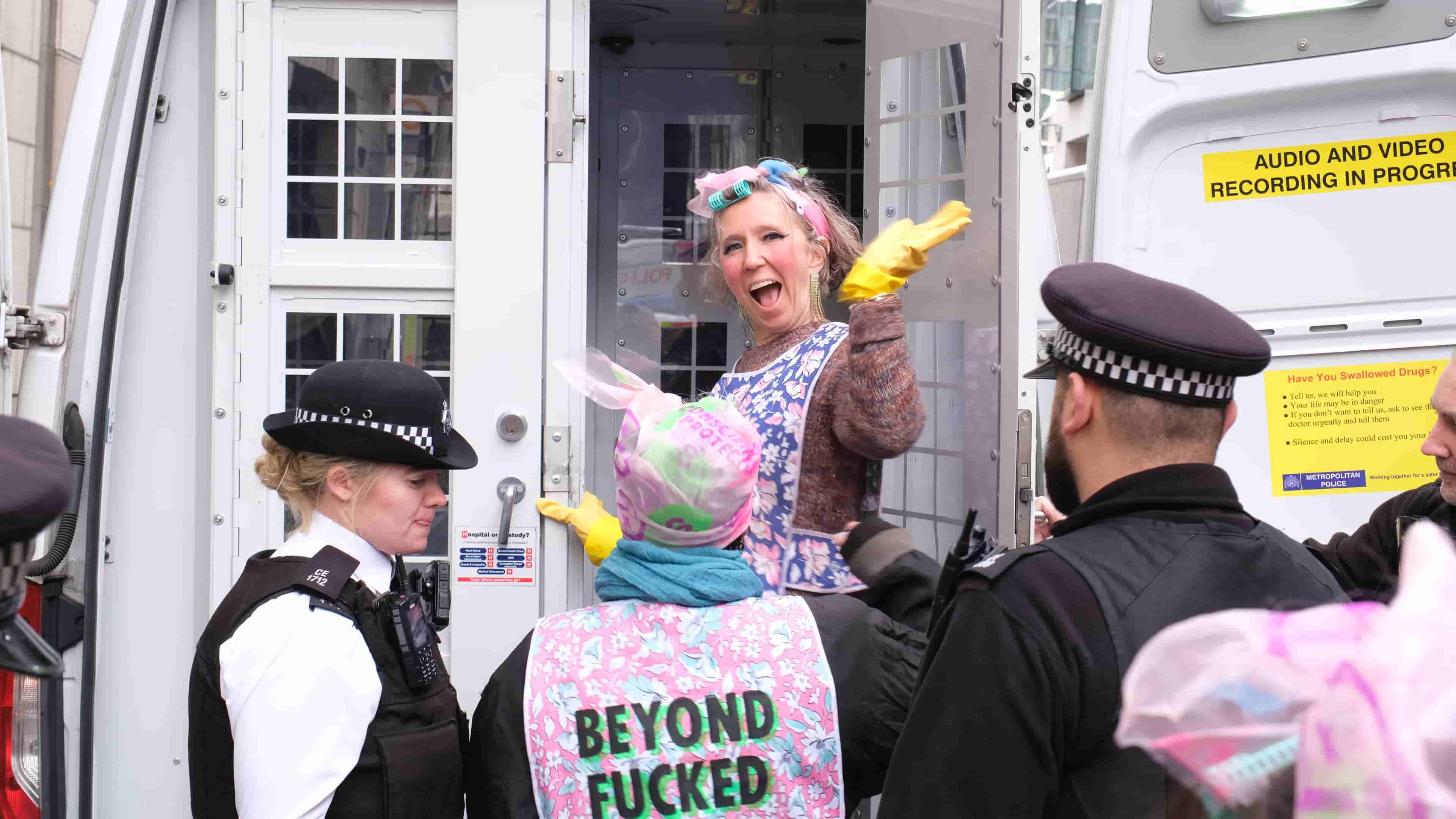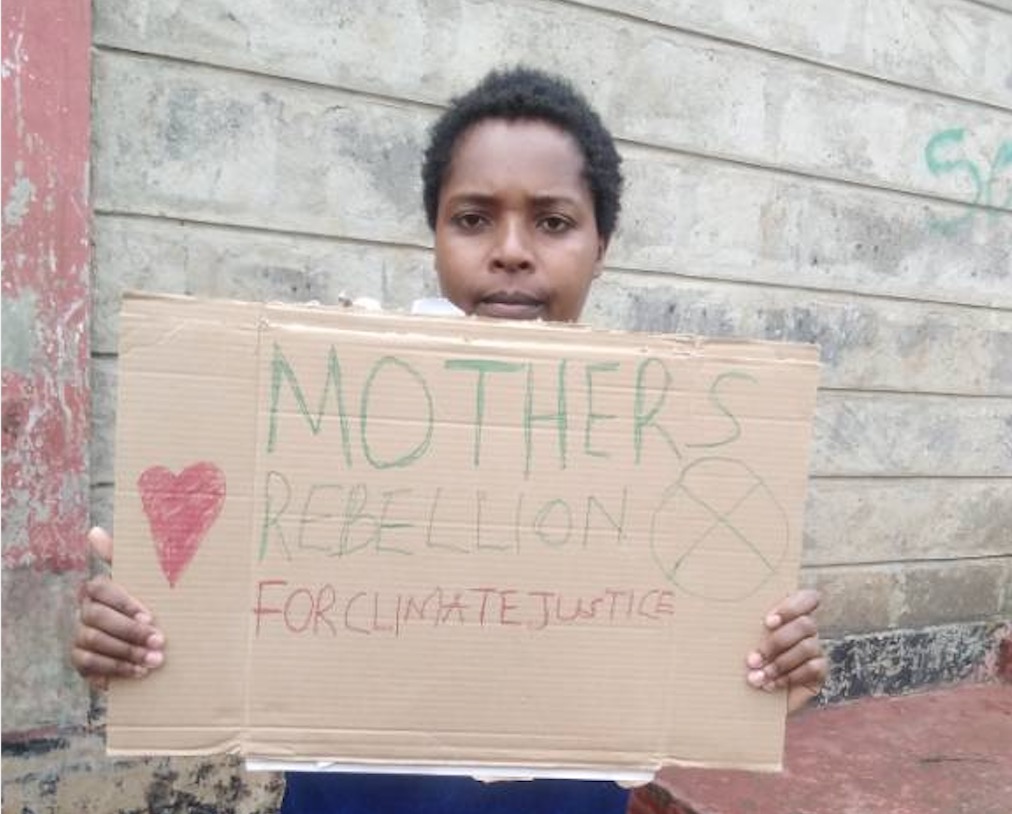The sea water is rising every day …we lost everything. We are not happy, because we must move again. Climate change is making thousands of people homeless
— Nurul Hashem (Bangladeshi school teacher)
Our ancestors were hunters and gatherers—we began as a nomadic society that moved from place to place in search of food and shelter. Then we found the Fertile Crescent—spanning modern day Palestine, Israel, Lebanon, Syria, Jordan, and Iraq—which was so bountiful that our needs were met in spades and we settled down in one spot. Food and security were plentiful. We began building settlements, marking the beginning of the non-nomadic societies many of us inhabit today.
Fast forward about 11,000 years. The once fertile area has become rife with war, environmental degradation, and displacement. And it’s not alone. More than ever before, people around the world are fleeing their homes, with a total of 79.5 million people forcibly displaced by the end of 2019. Historically, displaced people were seen as refugees because their displacement was usually the result of violent conflict or persecution. But in recent years, many refugees cite the changing climate as one of the reasons they have fled their homes. Scientists are also investigating the role that climate breakdown plays in displacing people from their homes. The environmental question has become so prominent that it has given rise to a new term—‘climate refugees’.
Fishermen in Burkina Faso abandon their boats on a dried up lake during the dry season near Ouagadougou. Photo by Yoda Adaman
Who are Climate Refugees?
While there is no legal definition for it, the term ‘climate refugees’ has recently entered our vocabulary. It describes people who have fled their homes because of changes in the environment. It describes anyone from people whose homes are swallowed by the sea after a hurricane to those whose homes are burnt down by wildfires to people who migrate from their homes to new areas because slow-onset climate change has devastated their livelihood.
The Delta fire in California, Wikipedia
I had a moment where I thought, would it be fast if we died? Would my kids suffer? Would they die from the smoke, or would they die from the fire?
— Michelle Teixeira, California
At the international level, there is disagreement on the terminology. Some argue that people displaced by climatic events do not meet the legal definition of 'refugees'. They say there is no ‘persecution’. People displaced by climate breakdown often migrate within their own country, making them internally displaced people (IDPs) and not refugees. Others point to the difficulty in teasing out the changing climate’s role in displacement, when there are often many factors at play.
But others insist that using the word ‘refugees’ emphasizes the urgency of their situation. It also infuses it with demands for justice. It is in this spirit of urgency, political responsibility, and justice that I will use the term ‘climate refugees’ in this article to describe people whose displacement was strongly impacted by climate breakdown.
Bangladeshi climate refugees, Photo by Sabbir
The Grey Area: a Nexus of Events
What climate refugees around the world have in common is that climate breakdown has made their homes uninhabitable, forcing them to leave. Yet not all effects of climate breakdown are quickly or easily seen. Often it can be difficult to untangle the intricate web of factors contributing to displacement. Behind the scenes, climate breakdown may interplay with conflict and war. But this is often overshadowed by sexier headlines of ethnic, national, or regional violence. Similarly, the connections between climate breakdown, hunger, and financial insecurity often aren't clearly presented. The layered factors forcing displacement remain clouded by competing elements.
For example, Somalia is often presented as a ‘failed state’— rife with famine and militias. Drought is mentioned, but often without exploring its effects beyond poverty and or aid dependence. Climate breakdown is devastating Somalia, despite having some of the lowest carbon emissions in the world. Reporting for The GroundTruth Project, Laura Heaton tells us how drought can impact violence and how this combination displaced Khalid, a young Somali man, from his home— making him a climate refugee.
Humanitarian map of Somalia, showing decreased rainfall and displacement across Somalia, Wikipedia
Khalid used to have good harvests from his mango trees, but in recent years the crops began to fail. His income dropped and he had less to eat. Al Shabab, a militant group, preyed upon the vulnerability that comes with hunger and lost income. They imposed a 'tax' on Khalid's harvest, taking one third for themselves. Knowing that if he joined the group he would finally have enough to eat and the 'tax' would be dropped, Khalid eventually gave in. Al Shabab had also taken advantage of the poverty in Somalia by banning international aid organizations— keeping people in poverty and making them reliant upon the militant group. Khalid was a member of the group for two years before ditching an assigned mission and walking to Kenya. At the time of the interview he was living in a refugee camp there.
Somalia’s drought had created a life of poverty for Khalid, which reduced his life options. Knowing this, members of the militant group coerced him into eventually joining them as a means of survival. He probably repeated the extortion he had faced and participated in other oppressive activities—perpetuating both poverty and violence. He joined al Shabab not out of ideology, but hunger. Ultimately, these factors forced him to leave Somalia and seek refuge in Kenya.
It is this nexus of events and experiences that make the impacts of climate change harder to see. We are used to understanding refugees as the result of one clear cut event—the bombing of a village, persecution, an earthquake. This narrow view, however, risks overlooking the critical role that slow-onset climate breakdown plays in creating—or strengthening—other threats. It is often the amalgamation of these threats that ultimately displaces people, making them climate refugees.
Climate Refugees Across the World
Climate breakdown is creating climate refugees all over the world. Here are three examples of forced displacement due to climate change. We start with Somalia because, as Laura Heaton warns us, “as one of the hardest hit on the planet by climate change, Somalia is the canary in the coal mine for the rest of us.”
Somalia
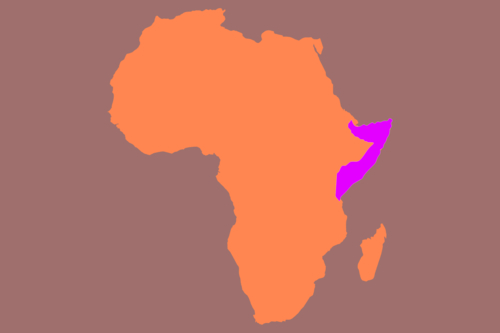
Where
Located in east Africa, people throughout Somalia are being forcibly displaced.
What
Recurring droughts and other effects of climate breakdown in Somalia are creating poverty, hunger, and displacement. People are fleeing their homes to go to the capital, Mogadishu, or crossing borders to neighboring countries. Armed groups use the poverty and desperation created by climate breakdown to recruit members, wreaking more violence on communities, and creating more displacement.
In their Voices
The worst is the drought, because with something to eat you can tolerate jail or any punishment [...b]ut facing starvation is worse than insecurity.
— Mohamed Abukar, Somali farmer
The fact that many of our youth have lost jobs because of desertification, deforestation … It’s not the only cause, of course, of radicalization, but this is one of the major causes of radicalization because of the linkages between violence and environmental degradation.
— Buri Hamza, former State Minister of the Environment for Somalia
NB: Buri Hamza was killed in an attack by al Shabab in a hotel one month after this interview.
I’m betting we’ll vanish from the earth. Somalis will vanish from Somalia [...a]nd you know what? It’s not going to vanish only due to drought; it’s going to vanish due to drought that will bring wars, because we will fight like chickens with a small amount of crumbs. We’ll eat each other alive because this environment is not giving us anymore.
— Fatima Jibrell, environmental activist
https://thegroundtruthproject.org/somalia-conflict-climate-change/
Bangladesh
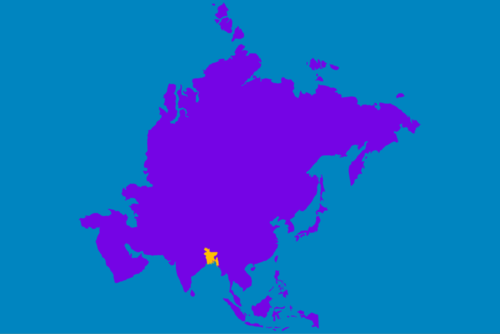
Where
Located in south Asia, sharing India’s eastern border, and on the shores of the Bay of Bengal, Bangladeshis mostly from rural coastal areas are becoming climate refugees.
What
Climate breakdown is creating increased flooding and coastal erosion. Storms are coming harder and each time a catastrophe hits it is harder and harder to rebuild. Bangladesh loses an area the size of Manhattan each year, and is projected to have as many as 13.3 million climate refugees by 2050. People are losing livelihoods and homes and moving en masse to the capital and elsewhere.
In their Voices
Climate change has wrecked everything; our people are living in other towns and cities, like refugees. All I wanted was to grow old with my children and their children. But now they are gone and I don’t think they will ever return.
— Shamisur Gazi, 83, Chakbara, Bangladesh
God knows how long this village will last. If it gets worse I will have to go to the mainland. We know the end is coming.
— Jakir Hossain, Bangladeshi fisherman
The land here used to be 1 km out to sea…We lost mosques, a school, shops, farms. We are scared of the sea now. Gradually it comes closer to our homes. When we sleep, we are scared. Every year the tide rises more and comes in further. Next year this village may not exist.
— Mohamed Rashed, Qumira Char, Bangladesh
http://climatemigration.org.uk/migration-stories-from-the-ganges-brahmaputra-delta-2/
United Kingdom
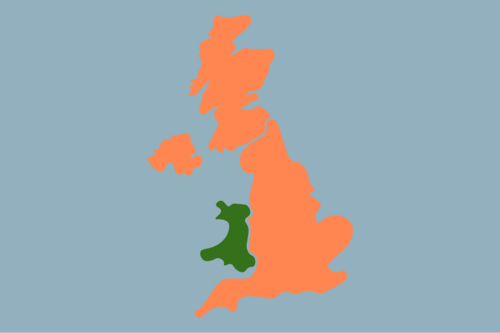
Where
The coastal town of Fairbourne, in north Wales.
What
Rising sea levels are threatening to make the town uninhabitable within the next 30 years. In 2013 the town council decided to stop defending the town and give it up to the sea. It will begin relocating residents in 2045, but possibly earlier. Residents are unsure if they will receive financial compensation when the town is ‘decommissioned’. This is not the only town in the UK to be threatened by the rising sea.
In their Voices
This is a wake-up call for the country. This is going to happen elsewhere.
— Bev Wilkins, 67, Retiree
People who want to sell are taking very cheap cash deals. I can’t do that. Where am I going to go? I wouldn’t get enough money to get another house [...h]ow the authorities can sit there and push this forward with no solutions beggars belief.
— Mike Thrussell, Journalist
We don’t have options. We are just pawns.
— Julia Walker, 32, Mother of 4
Broken sea ramp, left unfixed in Fairbourne, Wales, Photo by Julia Wilson
Justice for Climate Refugees from 2020 to 2050
While international bodies are bogged down in treaties and semantics, climate breakdown is forcing people around the world to leave their homes. It affects everyone, regardless of income. But we know that it is society’s most vulnerable who are hit hardest and have the fewest resources to rely on. The climate is changing fast, and people are losing their homes, and will continue to do so— regardless of whatever legal category the UN and other international bodies put them in.
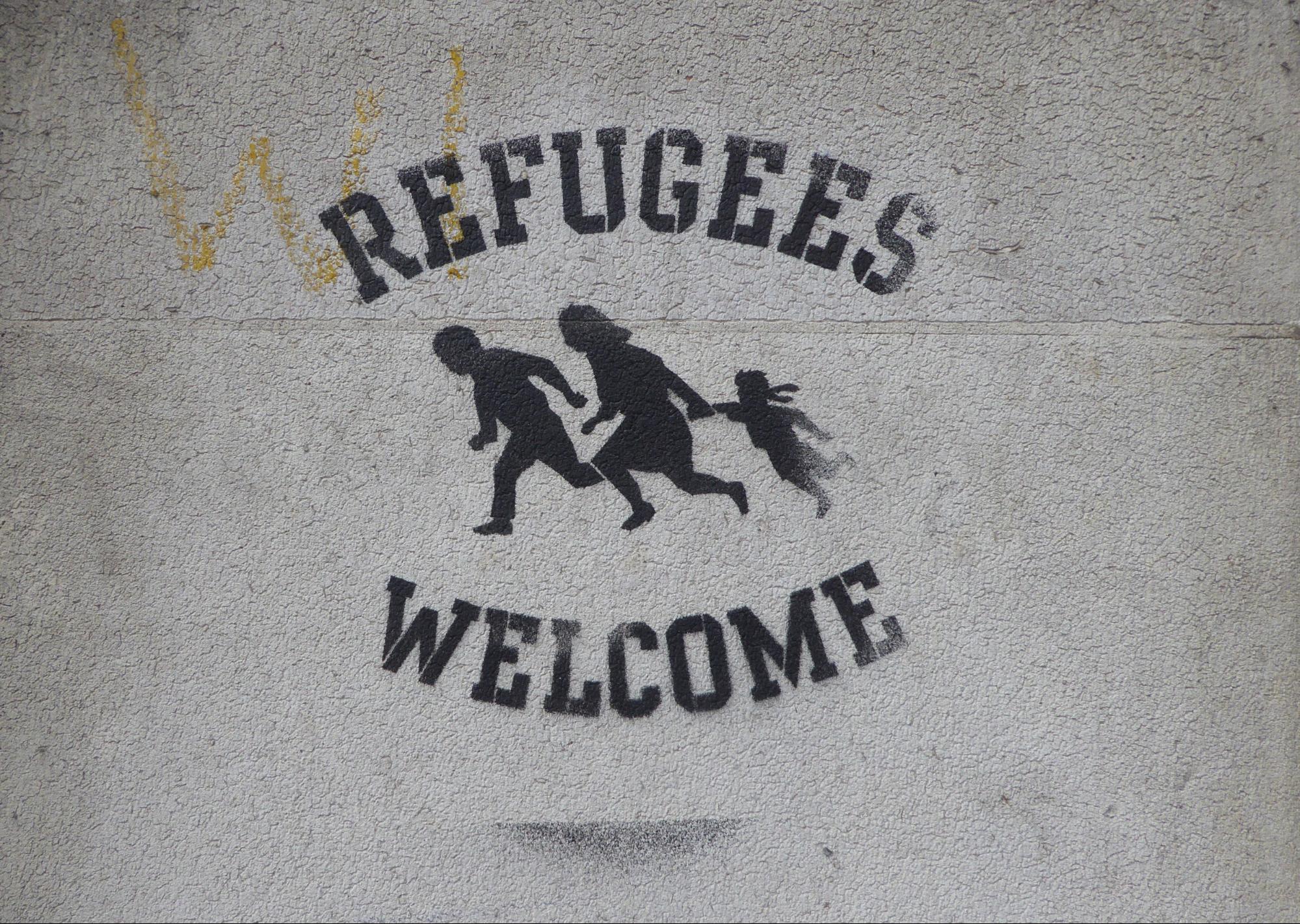
Photo by Ethan Doyle White, Wikipedia
Climate refugees have lost their homes. But they have often also lost their income, stability, community, security of life, and dreams for their future. They have lost everything to something that is preventable. We must continue to petition governments to protect people against harm.
We must continue to hold them accountable for their roles in furthering climate breakdown. We must continue to demand governments treat refugees as humans and not disposable ‘problems'. Reactive measures of ‘adaptation’ are not enough. Proactive prevention of further climate breakdown must be at the heart of government actions, and it must be now. Because right now millions of people around the world are seeking refuge in new places.
We must work to welcome refugees into our communities and support them and stand in solidarity with them. Our place in life is a roll of the dice of fate, and we should extend the kindness and justice to others that we would hope others would extend to us were the roles reversed. As Lauren Markham reminds us, “People don’t want to be raped along the route north, or die in the desert, or have their child ripped away from them by the border patrol, or be locked up indefinitely without legal counsel, without adequate medical care, with no idea what will happen to them and when. Who would risk this if things were OK back home?”

Photo by Alisdare Hickson
Many hold the year 2050 in their minds’ eye as a crucial date for the climate emergency. Indeed, projections say that by 2050 climate breakdown may have displaced 1.2 billion people. But this is not a done deal—it is up to us to shape and influence government actions in the next 30 years. We must use the time to act, to try and avert the worst consequences and give people a better chance at a secure life in their homes. The question is—will you act now?
